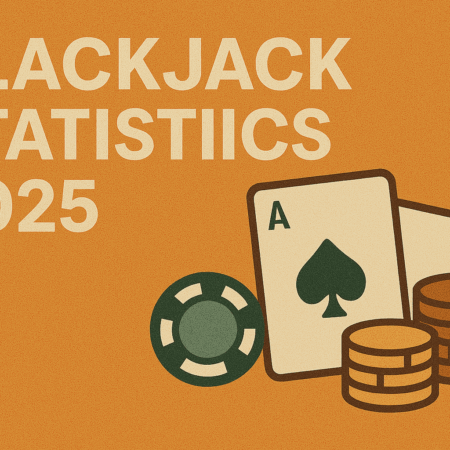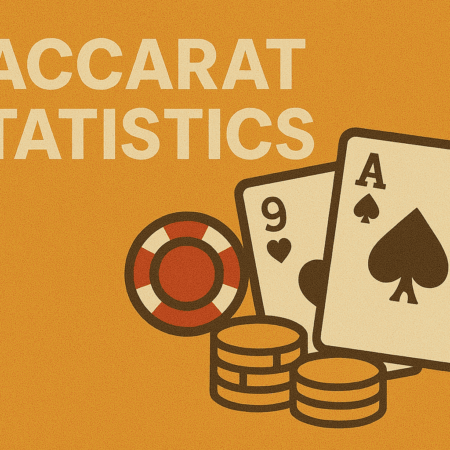Since their debut on the Ethereum blockchain in 2015, smart contracts have become the backbone of decentralized applications. In 2025, they’re more powerful, scalable, and widely used than ever — powering everything from DeFi lending to NFT marketplaces and blockchain-based gaming.
- Sign-Up Offer
- FREE 500 GC + 3 SC
- No purchase necessary
- 100% First-Purchase Boost
- Daily Login Bonus: 10 FS
- Social Media Contests
- VIP Exclusive Rewards
In this guide, we break down how Ethereum smart contracts work, where they’re used in real life, how they’re evolving, and what risks and innovations lie ahead in 2025 and beyond.
💡 What Are Smart Contracts?
Smart contracts are self-executing programs stored on a blockchain. They run automatically when predefined conditions are met — no human intervention or third party needed.
On Ethereum, the world’s most widely used smart contract platform, these contracts are deployed to the Ethereum Virtual Machine (EVM) and facilitate everything from token swaps to complex decentralized governance.
Think of them as “if-this-then-that” logic coded into a public, tamper-proof ledger.
🧠 How Ethereum Smart Contracts Work
Smart contracts on Ethereum are typically written in Solidity, Ethereum’s native programming language. Once developed, the contract is compiled into bytecode and deployed to the Ethereum blockchain via a transaction.
Key technical components:
- Solidity: Contract language optimized for EVM.
- EVM (Ethereum Virtual Machine): Decentralized runtime for executing smart contracts across all Ethereum nodes.
- Gas: Every action performed by a contract requires computational power, measured and paid for in gas fees.
Once deployed, the smart contract:
- Lives permanently on the blockchain
- Executes automatically based on triggers (like receiving ETH)
- Cannot be altered — only replaced by a new contract version
🔧 Core Use Cases of Smart Contracts in 2025
1. Decentralized Finance (DeFi)
- Lending (Aave, Compound)
- Swaps (Uniswap, Curve)
- Yield aggregators (Yearn)
2. NFTs & Digital Assets
- Minting and trading via ERC-721 and ERC-1155
- Royalties and secondary sales
- On-chain generative art and gaming
3. Decentralized Autonomous Organizations (DAOs)
- Smart contract–based governance
- Token voting and treasury management
4. Gaming & Metaverse
- In-game item ownership
- Play-to-earn models
- Smart contract–driven economies (e.g., The Sandbox)
🌍 Real-World Examples of Ethereum Smart Contracts
- Uniswap – uses immutable smart contracts to power its automated market maker (AMM) model, allowing permissionless token swaps.
- MakerDAO – governs the DAI stablecoin with a series of contracts that manage vaults, collateralization, and governance voting.
- Zora – an NFT minting platform with built-in creator royalties enforced via smart contracts.
Other examples include:
- ENS (Ethereum Name Service)
- Gitcoin (funding open-source projects)
- Aragon (DAO governance infrastructure)
⚠️ Security Considerations
Despite their power, smart contracts aren’t immune to risks.
Common vulnerabilities:
- Reentrancy attacks (e.g., The DAO hack)
- Integer overflows
- Uninitialized storage variables
- Poor access control
Best practices in 2025:
- Use audited, open-source libraries like OpenZeppelin
- Conduct formal verification
- Run comprehensive testing (unit, integration, fuzzing)
- Get third-party audits (e.g., Trail of Bits, CertiK)
According to Chainalysis, DeFi hacks via faulty smart contracts caused over $2.1 billion in losses in 2024 alone — highlighting the need for thorough contract design and audit processes.
⛽ Gas Fees & Cost Efficiency
Every smart contract interaction costs gas, which is priced in gwei (a small unit of ETH).
In 2025, gas fees are more manageable than during the DeFi boom of 2021, thanks to:
- Layer-2 networks (Optimism, Arbitrum, zkSync Era)
- EIP-4844 (Proto-Danksharding) — reducing L2 costs
- Improved calldata compression
Users and developers are increasingly choosing Layer-2 platforms to deploy contracts that offer:
- Lower fees
- Faster transaction times
- EVM compatibility
📈 Ethereum Scalability & Upgrades
Ethereum completed The Merge in 2022, transitioning from Proof-of-Work to Proof-of-Stake. Since then, further upgrades have focused on scalability and performance:
Major scalability features in 2025:
- Danksharding: Enables more data availability for rollups
- Rollups (Optimistic & zkRollups): Process transactions off-chain and submit proofs to Ethereum
- Light clients & stateless clients: Reduce storage and sync load for nodes
These updates drastically improve Ethereum’s capacity to host smart contracts at scale — supporting mass adoption for gaming, DeFi, and real-world use.
⚖️ Legal & Regulatory Considerations
Smart contracts raise critical legal questions:
- Are they enforceable under contract law?
- Who is liable for bugs or financial loss?
- What jurisdictions apply to a borderless protocol?
In 2025, several governments have addressed smart contract enforceability:
- UK Law Commission: Smart contracts can be valid under existing law
- EU MiCA Regulation: Defines oversight for crypto assets & smart contract–based services
- U.S. states like Wyoming: Recognize DAO-based LLCs
Despite progress, cross-border enforcement remains murky, especially for contracts with pseudonymous parties.
🛠️ Building Smart Contracts in 2025
Developers in 2025 have a powerful toolkit for deploying Ethereum smart contracts:
Tools & Frameworks:
- Remix – browser-based Solidity IDE
- Hardhat / Foundry – for testing, debugging, and deployment
- Ethers.js / Web3.js – JavaScript libraries to interact with contracts
- OpenZeppelin – audited libraries for tokens, access control, and governance
Most projects are deployed to:
- Ethereum Mainnet
- Optimism, Arbitrum
- Base (Coinbase’s L2)
- Polygon zkEVM
🔮 The Future of Ethereum Smart Contracts
The future of smart contracts lies in:
- Cross-chain interoperability – use of protocols like LayerZero and Axelar to bridge smart contracts across chains.
- AI + Smart Contracts – using LLMs to generate or audit Solidity code.
- Modular blockchains – separation of execution, settlement, and data availability layers.
- Account Abstraction (ERC-4337) – user-friendly smart contract wallets with programmable spending rules.
As Ethereum continues to mature, smart contracts will become more user-friendly, secure, and foundational to global digital infrastructure.
❓ FAQ: Ethereum Smart Contracts
What is a smart contract in Ethereum?
A smart contract is a self-executing program deployed to the Ethereum blockchain. It runs based on coded rules and can automate complex agreements.
Are smart contracts legally binding?
In many jurisdictions, yes — if they meet basic contract principles (offer, acceptance, consideration). However, enforcement can be tricky in decentralized or anonymous contexts.
How much does it cost to deploy a smart contract?
Costs vary based on complexity and gas prices. In 2025, Layer-2s make deployment more affordable — typically under $10 for basic contracts.
Can smart contracts be changed after deployment?
No, they are immutable. However, developers can use upgradeable proxy patterns to update logic while preserving state.
What programming language is used for Ethereum smart contracts?
Solidity is the most widely used language. Others like Vyper and Huff are also gaining traction.
Conclusion:
Ethereum smart contracts have come a long way from early experimentation to powering billion-dollar ecosystems in 2025. By automating trust and removing intermediaries, they are revolutionizing finance, gaming, governance, and digital identity. Whether you’re a user, devel

 Canada
Canada Deutsch
Deutsch Español
Español Português
Português



